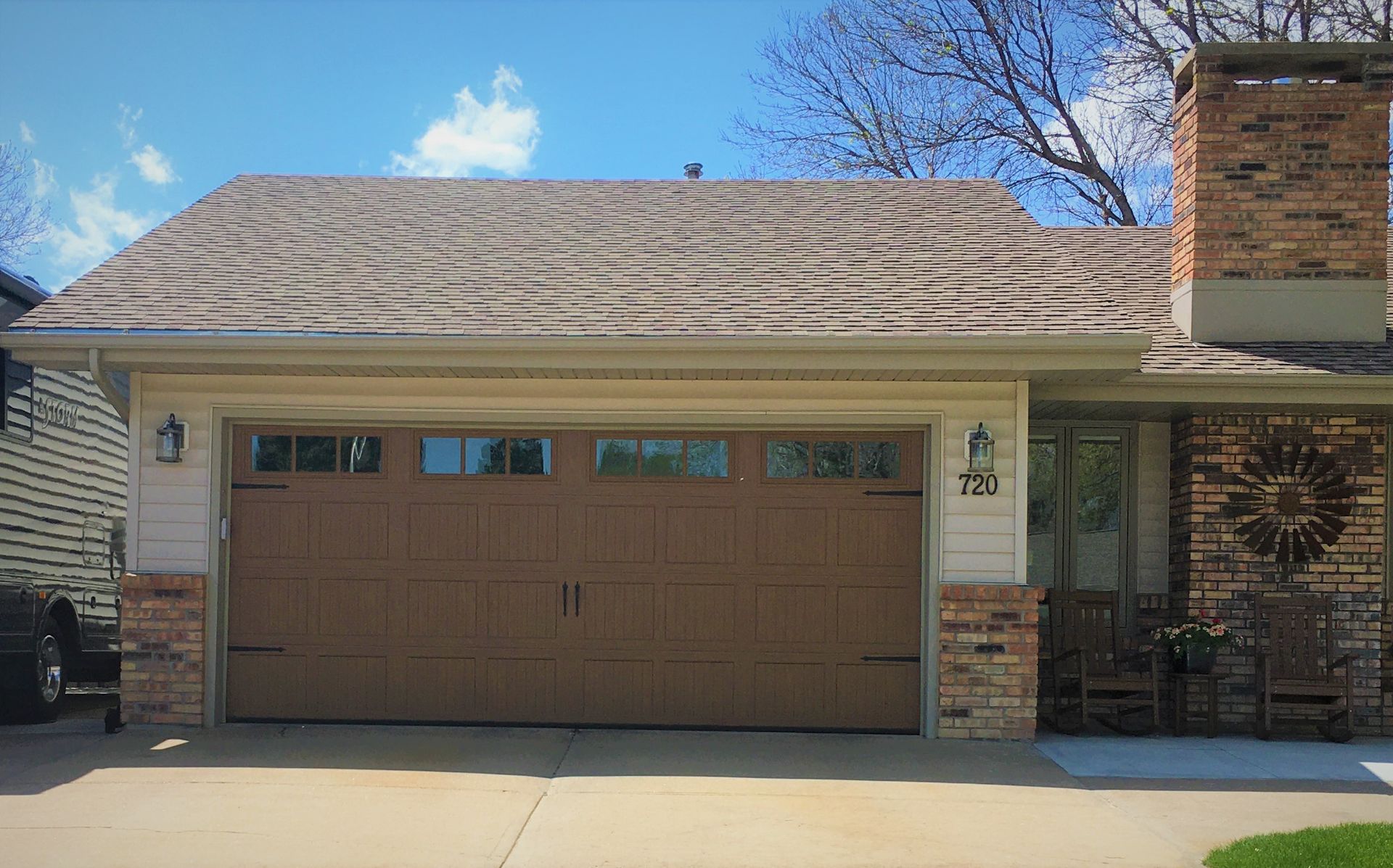Every season brings its own set of challenges for your roof. From the heat of summer to the freeze of winter, understanding how different weather conditions impact your roof can help you prolong its lifespan. Here are some seasonal roofing tips to keep your roof in top condition year-round.

How Rain, Snow, and Heat Impact Your Roof
Rain: Persistent rain can lead to leaks, mold, and erosion if your roof isn’t properly sealed. Standing water can damage shingles and cause rot in wooden structures.
Snow and Freezing Weather: Accumulated snow can put a heavy load on your roof, potentially causing it to sag or collapse. Ice dams form when melting snow refreezes at the roof's edge, blocking proper drainage.
Heat: Heat can warp, crack, or buckle shingles, and the constant expansion and contraction of roofing materials in hot weather can weaken the roof’s structure over time.
How to Prepare Your Roof for Harsh Weather
To protect your roof from extreme weather conditions, it’s important to:
- Clean gutters: Ensure that gutters and downspouts are clear of debris to prevent water backup during rain or snow melt.
- Examine your shingles: Replace damaged or missing shingles before the weather worsens to avoid leaks and further damage.
- Seal cracks: Check for and seal any cracks or gaps in your roof to prevent water intrusion during rain or snow.
- Inspect your insulation: Proper insulation helps maintain energy efficiency and prevents ice dams from forming.
Recommended Inspections and Repairs by Weathercraft
Weathercraft recommends having your roof professionally inspected at least twice a year—once in the spring and again in the fall. During these inspections, we’ll check for any damage caused by weather and address potential issues before they escalate. Our experts will also suggest the necessary repairs or upgrades to help your roof withstand extreme weather conditions.